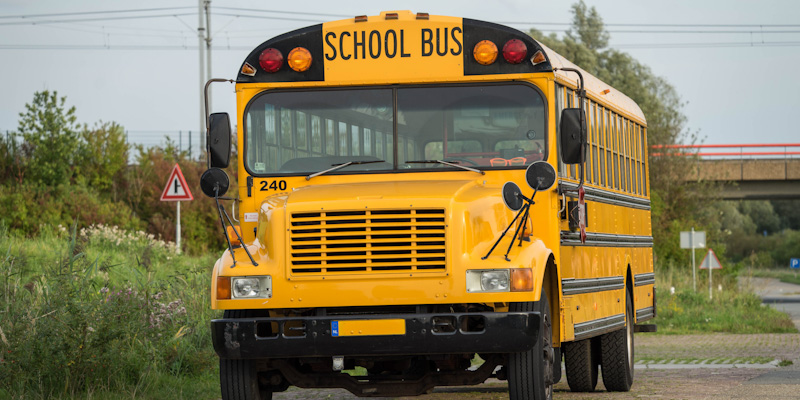
RIPEC illustrates why government meddling in education is to be avoided.
A crucial bit of advice in our quick-communication, social-media age is to force yourself to leave space between reading something that bothers you and responding to it. Usually, this tactic will help you avoid responding heatedly to things that simply don’t matter that much. Sometimes, you’ll avoid unforced interpersonal errors. But sometimes, giving things further thought will lead to the conclusion that they’re worse than you’d originally thought.
A tweet from Michael DiBiase, director of the “business-backed” Rhode Island Public Expenditures Council (RIPEC) is in the third category for me:
Troubling results for state ed funding in terms of equity. Wealthy districts received the highest percentage per pupil increases. Urban core districts are not even in the top 8. Providence is 24th highest and received less than the statewide average percentage increase.
My initial thought is: What’s the point of having a formula if what you really want is to ensure maximum redistribution? The state expended a great deal of cost and effort creating a formula that already took into account (with varying degrees of directness) things like the wealth of the community and the proportion of students requiring enhanced services. If the point is simply that poorer districts or those with more minority students must always see the largest increases, then why bother with the formula?
If that isn’t the point, then the appropriate response to RIPEC’s finding — especially for policy analysts — should be to ask what’s going on, here.
Doing so will immediately draw one’s attention to RIPEC’s data-visualization for the nominal change, rather than the percentage change. For one thing, a chart of the actual dollar increases brings important caveats, like the fact that it takes less money to get a bigger percentage increase when the starting amount is smaller. Thus, number 1 for percentage increase is Jamestown, dwarfing the rest at 119%. But Jamestown’s actual increase was in the bottom half, at $737 per student. For comparison, Central Falls saw a per-student increase of $3,444.
Taking the analysis to a deeper conceptual level, RIPEC’s attitude implicitly assumes no change. What if Barrington, for example, begins to see its tax base erode or its needful population of students increase? In such cases, its percentage increase ought to be higher. If Central Falls were to experience the inverted trends, then its percentage increase ought to be lower.
If the moral imperative is always to rig the formula such that a handful of previously identified districts always get a higher percentage increase, however, then we’re simply responding emotionally and with a high degree of unfairness that will inevitably hurt children (albeit children about whom we’re apparently not supposed to care as much).
And all of this, by the way, avoids the key question of whether more money will actually solve education problems, when some of us would argue it’s making things worse, if anything.
Featured image from Shutterstock.


“The darkest places in hell are reserved for those who maintain their neutrality in times of moral crisis.” — Dante Alighieri.